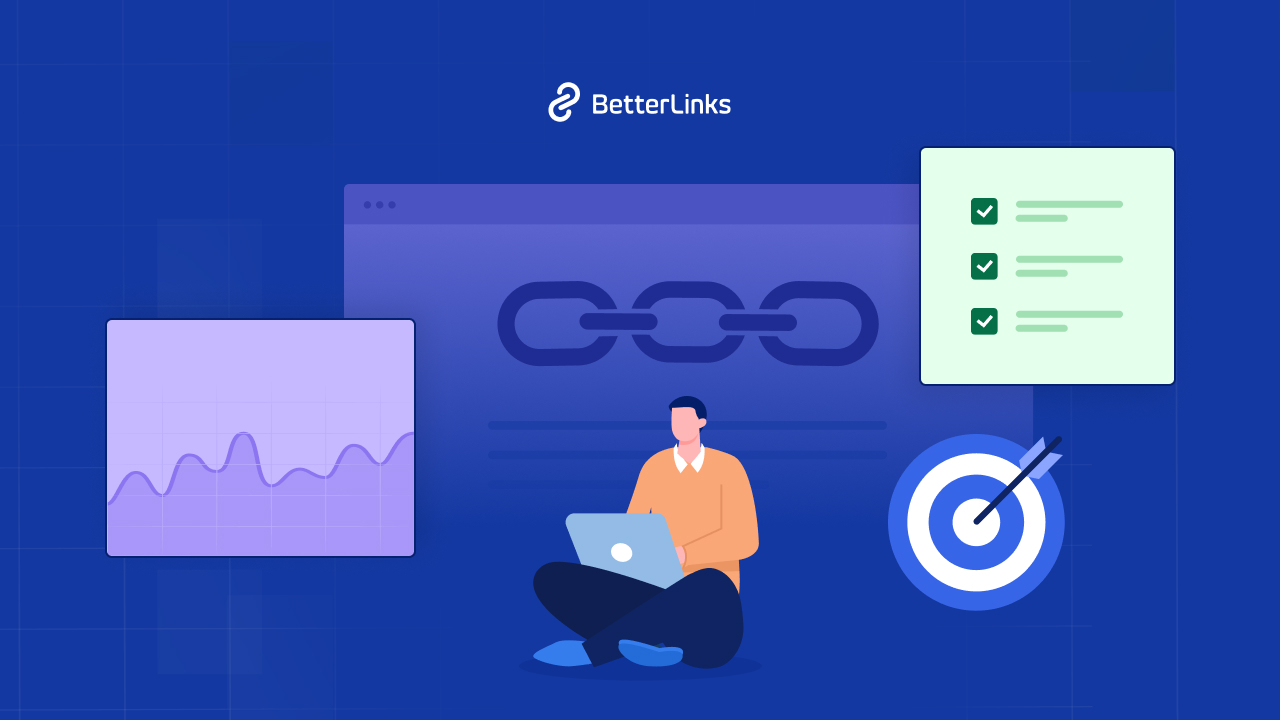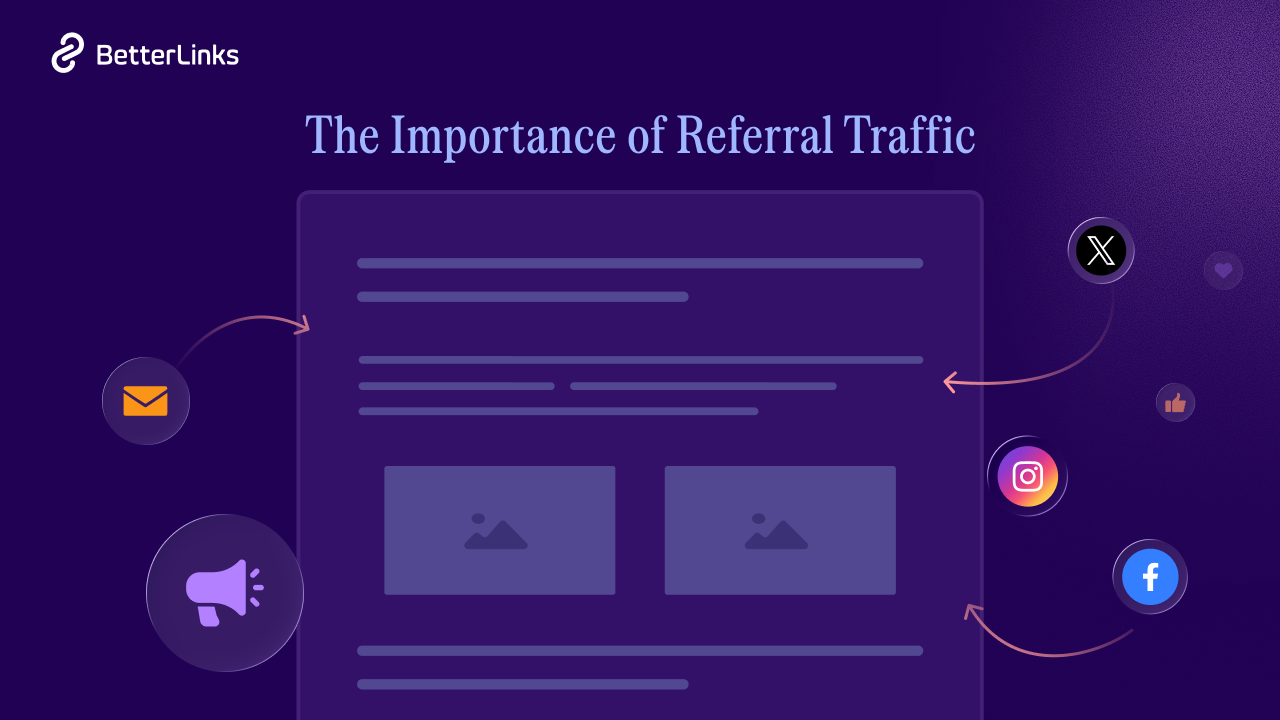Link audits are a crucial part of keeping your website’s SEO performance in good shape. When we do link audit for SEO is not for checking before doing link building. Think of a link audit as a health check for your website’s links. It allows you to figure out which links are boosting your site’s rankings and which ones might be dragging it down. As search engines in 2025 become smarter and place more emphasis on quality, doing link audits for SEO is more important than ever. But how to do it properly in 2025?

This guide will take you through everything you need to know about conducting a link audit. Whether your goal is to recover from a Google penalty, improve your search rankings, or simply ensure your website stays in great condition, this blog will provide clear and actionable steps to help you get started.
Understanding Link Audits
A link audit is the process of analyzing all the links pointing to and from your website. This includes backlinks (links coming from other websites), internal links (links within your website), and outbound links (links going to other websites).
The main goal of a link audit is to ensure that all these links are helping your SEO efforts rather than hurting them. For example, spammy or low-quality backlinks can harm your rankings, while high-quality links can boost them. Similarly, broken internal or external links can frustrate users and hurt your website’s credibility.
In 2025, link audits are not just about cleaning up bad links. They are also about finding opportunities to improve your link-building strategy and strengthen your website’s overall SEO performance.
Setting Goals for Your Link Audit
Before you start a link audit, it is important to set clear goals. Ask yourself why you are doing this audit. Are you trying to recover from a drop in rankings? Do you want to clean up spammy links? Or are you simply doing routine maintenance? Having clear goals will help you focus on what matters most during the audit. For example:
- If you suspect that bad backlinks are hurting your site, focus on identifying and disavowing toxic links.
- If you want to improve user experience and navigation, pay closer attention to internal links.
- If you are looking for new opportunities, analyze competitor backlinks to find inspiration.Setting goals will make the entire process more effective and less overwhelming.
Tools to Do Link Audit for SEO in 2025
Conducting a proper link audit in 2025 for your website would require various measurements. SEO tools can help you to do this task in detail and more effectively. Some of the most popular tools include:
- SEMrush: Great for analyzing backlinks and finding toxic links.
- Ahrefs: Excellent for backlink analysis and competitor research.
- Google Search Console: A free tool that provides valuable backlink data directly from Google.
When choosing a tool, look for features like backlink quality analysis, anchor text diversity checks, and toxic link detection. While automated tools save time, it is also important to manually review some links for accuracy.
Step by Step Guide to Performing a Link Audit
Performing a link audit might sound complex, but with the right approach, it can be a straightforward and rewarding process. A link audit is essentially an evaluation of all the links pointing to your website to identify opportunities for improvement and ensure your backlink profile is healthy. Whether you are cleaning up harmful links, finding new link-building opportunities, or simply maintaining your SEO health, here is a step-by-step guide to help you conduct a perfect link audit.

Step 1: Define Your Goals
Before diving into the audit, take a moment to clarify what you want to achieve. Are you trying to recover from a Google penalty? Do you want to identify toxic backlinks that might harm your rankings? Or are you looking for ways to enhance your link-building strategy? Setting clear objectives will keep your efforts focused and efficient.
Step 2: Gather Your Backlink Data
To start, collect all the data about the links pointing to your website. Tools like Google Search Console, Ahrefs, Moz, or SEMrush are excellent for this purpose. Export the data into a spreadsheet for easier analysis. This dataset should include metrics like the source URL, anchor text, domain authority, and link type (dofollow or nofollow). Having all this information in one place is crucial for a thorough review.
Step 3: Evaluate Link Quality
Not all backlinks are created equal. To assess their quality, consider three main factors:
- Domain Authority: Links from high-authority websites carry more weight in improving your SEO.
- Relevance: The linking site should be relevant to your industry or content.
- Placement: Links embedded within the main content of a page are more valuable than those in footers or sidebars.
Step 4: Identify Toxic Links
Toxic backlinks can harm your site’s reputation and rankings. These often come from spammy or low-quality sites. Use tools like Ahrefs or Google Search Console to identify such links. Look for red flags such as links from irrelevant domains, over-optimized anchor text, or sites with poor domain authority. Once identified, these links can be disavowed using Google’s Disavow Tool to prevent them from affecting your site negatively.
Step 5: Check for Broken And Lost Links
Broken or lost links represent missed opportunities. A broken link occurs when the linked page no longer exists (resulting in a 404 error), while lost links are those that the linking site has removed. Tools like Screaming Frog or SEO Minion can help identify these issues. For broken links, consider redirecting them to relevant pages on your site. For lost links, reach out to the website owner to explore possibilities of reinstating them.
Step 6: Analyze Anchor Text Distribution
Anchor text is the clickable text in a hyperlink, and its distribution plays a significant role in SEO. Aim for a natural mix of branded terms (e.g., your company name), generic phrases (e.g., “click here”), and exact-match keywords. Overuse of exact-match keywords can appear manipulative and may lead to penalties.
Step 7: Benchmark Against Competitors
Understanding how your backlink profile compares to competitors can reveal valuable insights. Use tools like SEMrush or Ahrefs to analyze their link profiles. Identify where they are gaining high-quality backlinks and explore similar opportunities for your site.
Step 8: Discover New Link-Building Opportunities
During your audit, you might come across patterns or gaps that highlight new opportunities. For instance:
- If certain types of content on your site attract more backlinks, consider creating similar content.
- Look for partnerships with authoritative sites in your industry.
- Explore guest blogging opportunities on reputable platforms.
Step 9: Organize Your Findings
After completing the analysis, summarize all actionable items into two categories: quick fixes (like updating redirects) and long-term strategies (like building relationships with high-authority sites). This structured approach will make implementation easier.
Step 10: Monitor And Maintain
A link audit is not a one-time task; it requires ongoing monitoring. Regularly review your backlink profile to ensure it remains healthy and aligned with your SEO goals. Set reminders to perform audits periodically—quarterly or biannually works well for most websites.
Competitor Analysis As Part of Your Link Audit
Analyzing competitors’ backlink profiles can give you valuable insights into their strategies and help you discover new opportunities for your site. Use tools like Ahrefs or SEMrush to see which websites link to your competitors but not to you.

Ask yourself: Can I get similar backlinks? Are there websites in my niche that I should reach out to? Competitor analysis can be an excellent way to refine your link-building strategy while staying ahead in the game.
Addressing Toxic Links
Toxic backlinks are one of the biggest threats to your SEO performance. These are often spammy or irrelevant links from low-quality websites that can harm your rankings.
To identify toxic links:
- Look for backlinks from sites with low domain authority.
- Check for unnatural anchor texts (e.g., overly promotional keywords).
- Watch out for sudden spikes in backlinks from suspicious sources.
Once identified, use Google’s Disavow Tool carefully to disavow these harmful links. However, avoid overusing this tool because disavowing too many links can also hurt your site’s performance.
Documenting And Monitoring Progress
After completing the audit, create a detailed report summarizing your findings and actions taken. Include information about:
- The number of toxic links removed
- Improvements made in internal and external linking
- Any changes in traffic or rankings after the audit
Regularly monitor your backlink profile using tools like Google Search Console or SEMrush to ensure it stays healthy over time. Schedule audits every few months as part of your ongoing SEO strategy.
How Often Should I Perform a Link Audit for Optimal SEO Results?
If you are serious about improving your website’s search engine optimization (SEO) and maintaining its health, performing regular link audits is essential. But how often should you do it? The answer depends on your website’s size, activity level, and industry competition. The ideal frequency for link audits depends on several factors, such as the size of your website, how often it is updated, and how competitive your industry is. Here are some general guidelines:
- Monthly Audits for Active Sites
If your website frequently adds new content, receives many backlinks, or operates in a highly competitive industry, you should aim for monthly audits. This helps you stay proactive in managing toxic links and leveraging new opportunities. - Quarterly Audits for Moderate Activity
For websites with moderate updates or less aggressive link-building strategies, quarterly audits are sufficient. This schedule ensures you catch any potential issues before they escalate. - Biannual or Annual Audits for Smaller Sites
If your website is smaller or less active, performing a link audit every six months to a year will likely suffice. However, keep an eye out for sudden drops in traffic or rankings—these could signal the need for an immediate audit. - When Major Changes Occur
Regardless of regular schedules, always conduct a link audit after major events like:- A Google algorithm update.
- A redesign or migration of your website.
- A noticeable drop in organic traffic or rankings.
Why Regular Link Audits Are Crucial?
Search engines like Google constantly evolve their algorithms to prioritize user experience and content quality. This means what worked last year may not work today. Regular link audits help you adapt to these changes by ensuring your backlink profile remains clean and effective.
Here are some key benefits of frequent audits:
- Avoid Penalties: Harmful backlinks from spammy sites can lead to penalties that damage your rankings. Regular checks help you identify and disavow these links.
- Improve User Experience: Broken internal links frustrate visitors and hurt engagement metrics like bounce rate. Fixing them enhances usability.
- Stay Competitive: Analyzing competitor backlinks during audits can reveal opportunities to build better links and outperform them in rankings.
- Boost Authority: By focusing on high-quality backlinks, you strengthen your site’s credibility in the eyes of both users and search engines.
Common Mistakes to Avoid During a Link Audit
It is easy to make mistakes during this process, which can lead to missed opportunities or even harm your website’s performance. Let us explore some of the most common mistakes people make during a link audit and how you can avoid them.

1. Overloading Pages with Too Many Links
One of the most frequent errors is adding too many links on a single page. While internal links are important for navigation and SEO, overloading a page with links can confuse both users and search engines. It is generally recommended to keep the number of links manageable. Too many links dilute the value of each link and make it harder for users to find what they are looking for.
2. Neglecting Broken Links
Broken links, also known as dead links, lead to pages that no longer exist or display errors. These links frustrate users and signal poor website maintenance to search engines, which can negatively impact your rankings. During your link audit, make sure to identify and fix broken links by either updating them or removing them altogether.
3. Using Irrelevant Anchor Texts
Anchor texts are the clickable words in a hyperlink, and they play a crucial role in helping search engines understand the content of the linked page. A common mistake is using vague or irrelevant anchor texts like “click here” or linking unrelated keywords. Instead, use descriptive and relevant anchor texts that match the content of the linked page. For example, if you are linking to a page about “healthy recipes,” your anchor text should reflect that topic.
4. Ignoring User Intent
When building or auditing links, it is crucial to align them with user intent. Links that do not match what users are searching for can harm your website’s credibility and user experience. For instance, linking gardening content to a tech-related website does not make sense and can confuse visitors. Always ensure your links are relevant to your audience’s needs.
5. Failing to Diversify Link Types
Another mistake is relying too much on one type of link, such as guest posts or directory listings. This creates an unnatural backlink profile that search engines may penalize. A diverse mix of link types—such as editorial links, forum mentions, citations, and social media shares—helps create a balanced and natural-looking profile.
6. Overusing Exact Match Anchor Texts
While it may seem tempting to use exact match keywords as anchor texts repeatedly, this can appear manipulative to search engines like Google. Over-optimization of anchor texts can lead to penalties. Instead, aim for variety by using branded terms, natural phrases, or even plain URLs as anchors.
7. Assuming All Weak Domains Are Bad
Not all low-authority domains are harmful; some may still be relevant and valuable for your niche. A common mistake during a link audit is disavowing all weak domains without proper evaluation. Use tools judiciously but also apply human judgment to assess whether the link adds value.
8. Overlooking Internal Linking Opportunities
Internal linking is just as important as external linking but often gets ignored during audits. Pages without any internal links may not be discovered by search engines, which means they will not rank in search results. Ensure every important page has at least one internal link pointing to it.
9. Connecting to Low-Quality or Spammy Sites
Links from spammy or low-quality websites can harm your site’s reputation and rankings. These sites often have plagiarized content or excessive ads, making them untrustworthy in the eyes of search engines like Google. Always review the quality of websites linking back to you and disavow harmful ones if necessary.
10. Relying Too Much on Automated Tools
Automated tools can speed up the link audit process but should not replace manual checks entirely. Tools may flag harmless links as harmful or miss subtle issues that require human judgment. Use tools as a guide but always double-check their findings. By avoiding these common mistakes during your link audit, you can ensure your website remains optimized for both users and search engines. Regularly auditing your links helps maintain a strong online presence while avoiding penalties that could harm your rankings in the long run!
If you have found this blog helpful, share your opinion with our Facebook community. You can subscribe to our blogs for valuable tutorials, guides, knowledge, tips, and the latest updates.






